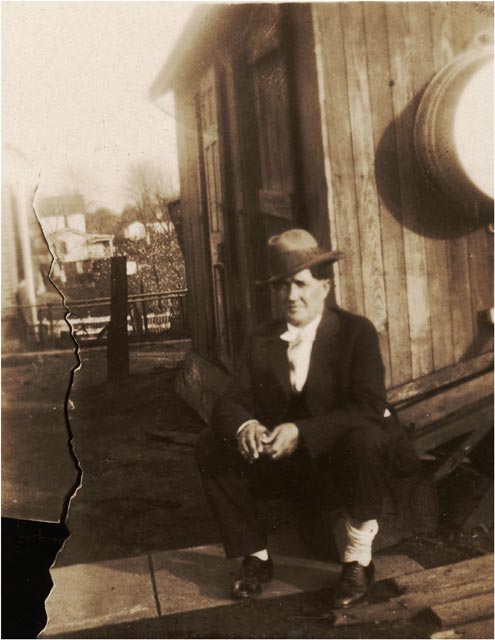from carding to dyeing

John Baltimore, in the backyard.
In many respects, therefore, the Charlottesville Factory had up to 1850 followed closely what might be called the typical direction of growth for the American wool manufacture. Ownership had evolved from individual proprietorship to a series of partnerships operating under specific terms of agreement and responsibility. Production had expanded from merely the carding of the raw fiber and the fulling of home-woven fabrics to the additional weaving of low quality cloth and had begun to be concentrated in the manufacture of cotton and woolen goods. However primitive its equipment, the plant was now fully integrated with all machinery necessary to make cloth from carding the matted wool to dyeing the finished piece of goods. This was an important step forward. It is also noteworthy that expansion occurred during the period when internal improvements in transportation in the form of toll roads and canals had progressed considerably. Soon railroad connections would link the Charlottesville area with other regions, opening markets which the mill would exploit after the War. Until the post-war era, though, the principal customer and supplier continued to be the inhabitant living nearby, and goods sold by retail were handled by local merchants, some of whom were financially involved with the enterprise.--Harry Poindexter
Labels: Baltimore, Poindexter History

0 Comments:
Post a Comment
<< Home